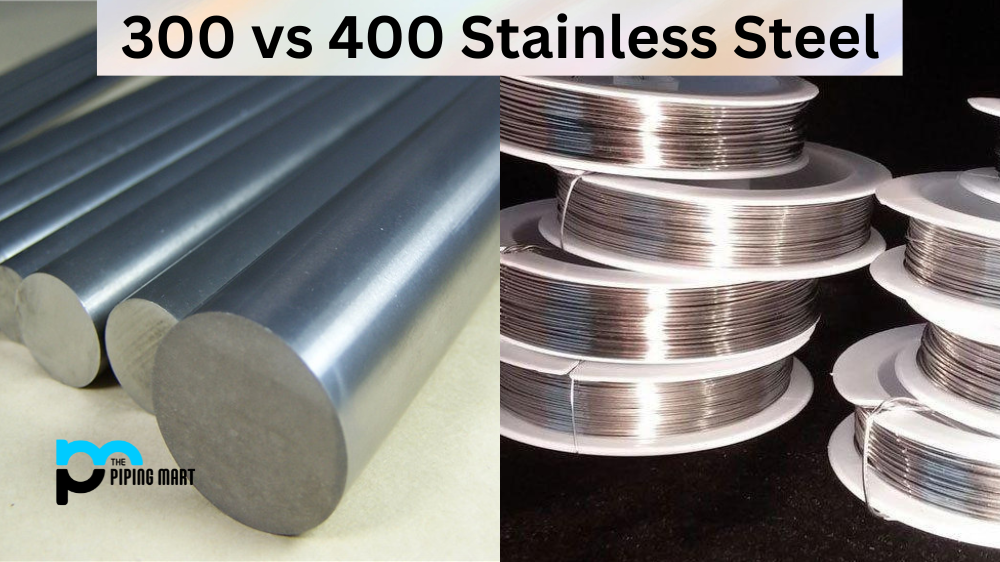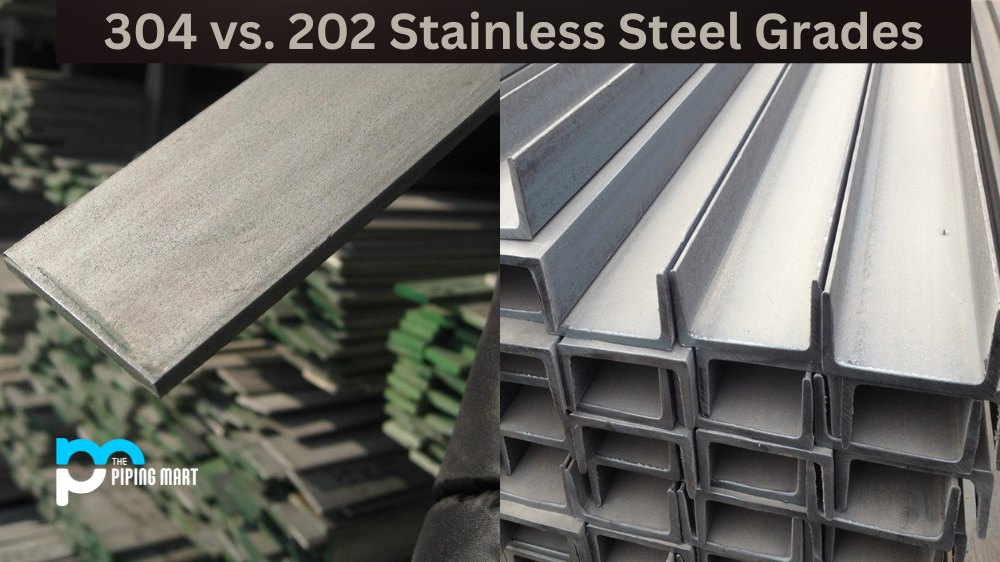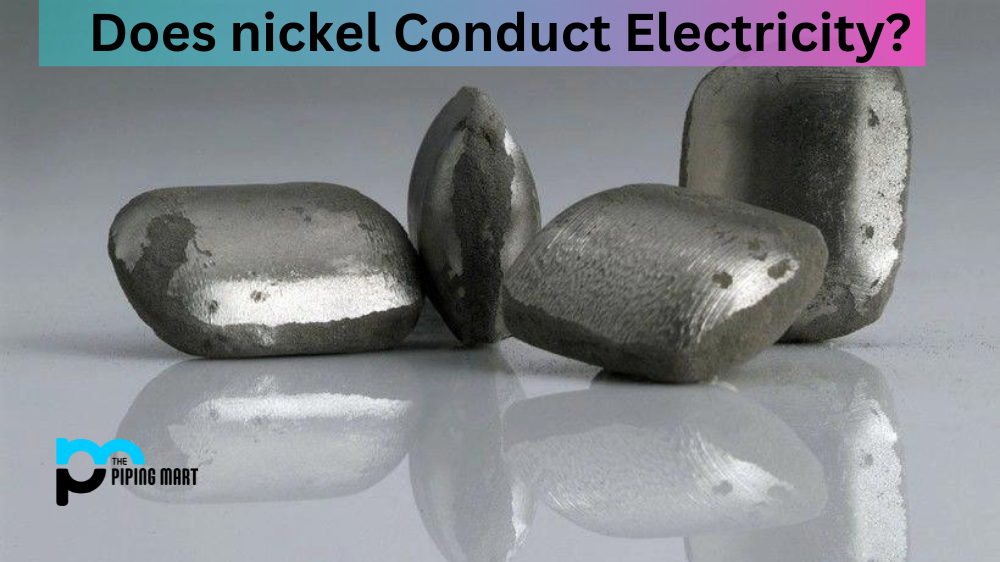Choosing the right type of stainless steel can be a challenge, particularly if you’re trying to decide between the popular 300 and 400 series. In this blog post, we’ll break down the differences between the two so that you can make an informed decision about which is best for your needs.
300 Series Stainless Steel
The 300 series of stainless steel is comprised mainly of austenitic alloys, which are characterized by their high chromium and nickel content. This makes them highly corrosion-resistant as well as resistant to scaling at elevated temperatures. Commonly used alloys in this series include 304, 309 and 316. These alloys are commonly used in kitchen equipment and appliances due to their low cost and ease of fabrication. However, they may not be suitable for applications requiring very high-temperature resistance or where extreme wear resistance is needed due to their lower hardness levels compared with the 400 series stainless steel.
400 Series Stainless Steel
The 400 series of stainless steel contains a higher concentration of carbon than its austenitic counterparts in the 300 series. This increased carbon content makes it harder and more wear-resistant than 300 series alloys, making it better suited for applications requiring superior heat or wear resistance, such as jet engine components or high-pressure valves. Commonly used alloys in this series include 410, 430 and 440C. While these alloys are generally more expensive than 300 series grades due to their higher alloying contents, they offer superior properties for certain applications.
Difference Between 300 and 400 Stainless Steel
Composition
300 series stainless steel is an austenitic chromium-nickel alloy, while 400 series stainless steel is a ferritic chromium alloy. The difference in their composition gives each type of steel different properties and characteristics.
Corrosion Resistance
300-series stainless steel is more resistant to corrosion than 400-series stainless steel. This is due to the higher percentage of chromium in 300 series stainless steel. Chromium forms a thin layer of oxide on the surface of the steel, which protects it from corrosion.
Strength
400 series stainless steel is stronger than 300 series stainless steel. This is due to the higher carbon content in 400 series stainless steel. Carbon gives the steel its strength and hardness.
Temperature Resistance
300-series stainless steel is more resistant to high temperatures than 400-series stainless steel. This is due to the higher percentage of chromium in 300 series stainless steel, which allows it to form a thicker oxide layer on the surface of the metal.
Weldability
300-series stainless steel is more weldable than 400-series stainless steel. This is due to the lower carbon content in 300 series stainless steel, which prevents carbide precipitation during welding and makes it easier to weld.
Cost
300 series stainless steel is more expensive than 400 series stainless steel because it contains more chromium and nickel, which are both costly metals
Conclusion:
When choosing between 300 and 400 stainless steel alloys, it’s important to consider your application requirements carefully. While the 300 series offers excellent corrosion resistance and ease of fabrication at a lower cost point, the 400 Series offers superior heat or wear resistance depending on your specific application needs. For help deciding which type of stainless steel is right for your project, contact Metric Marketing today! We’ll provide expert advice based on your specific requirements so that you can make an informed decision about which alloy is best for your project’s needs!

Abhishek is a seasoned blogger and industry expert, sharing his insights and knowledge on various topics. With his research, Abhishek offers valuable insights and tips for professionals and enthusiasts. Follow him for expert advice on the latest trends and developments in the metal industry.




